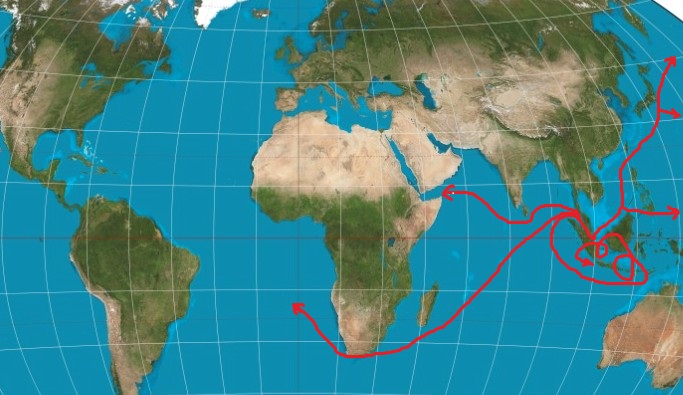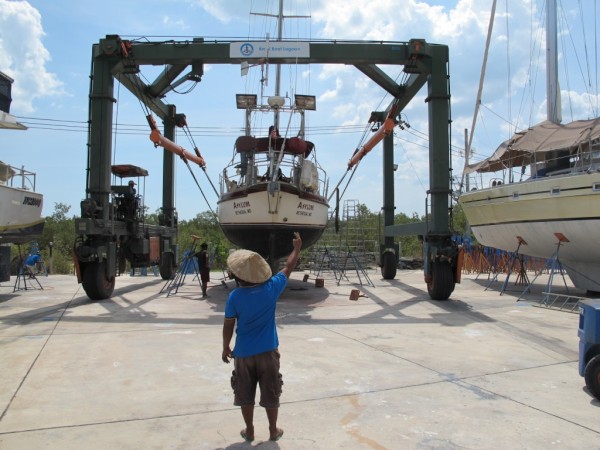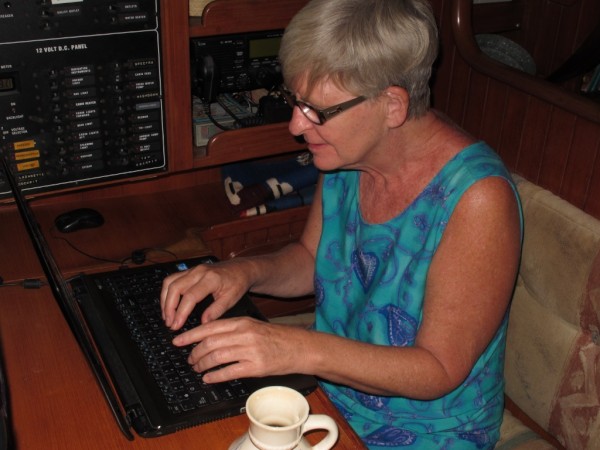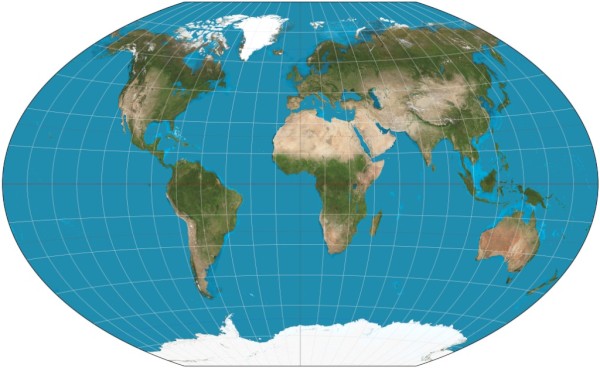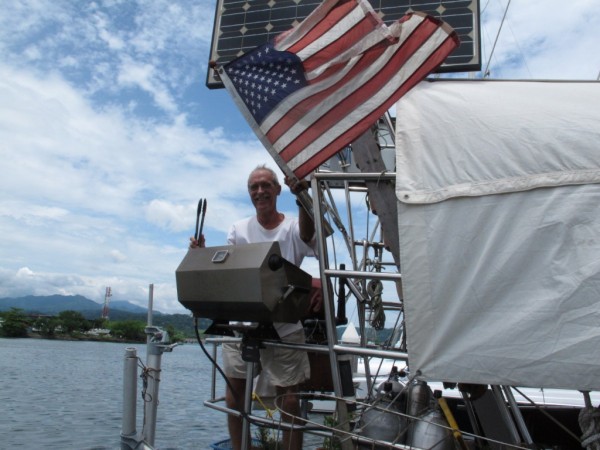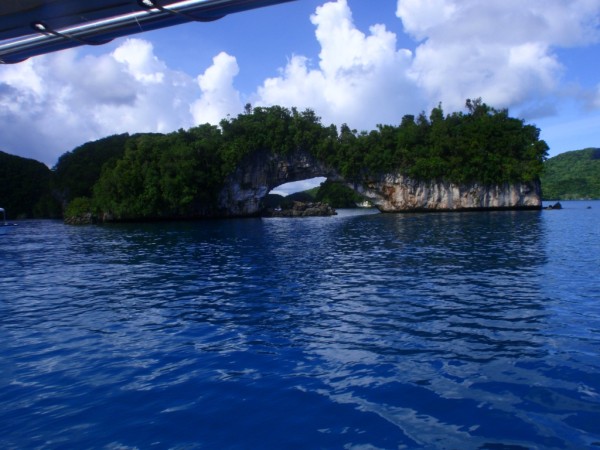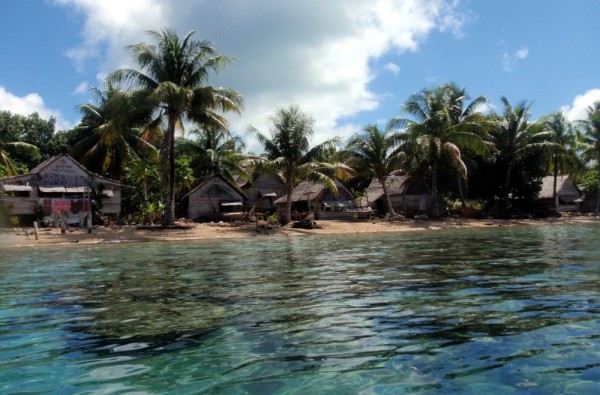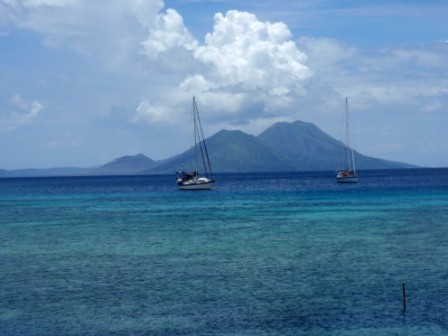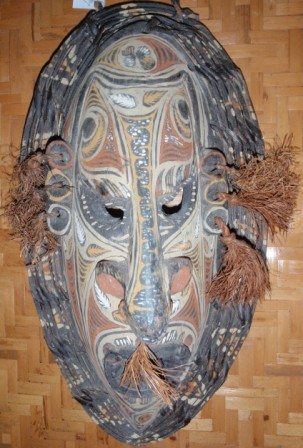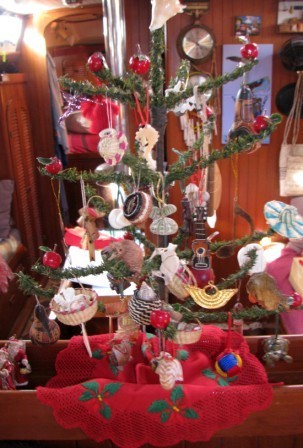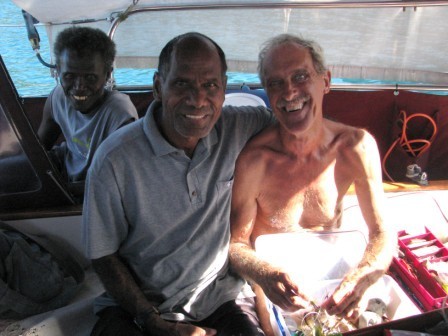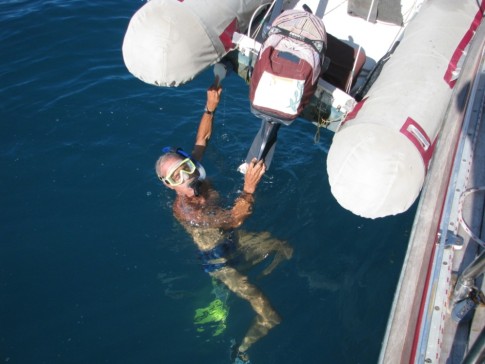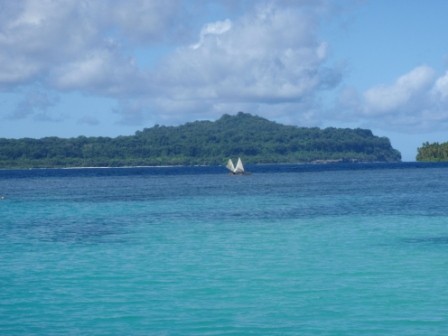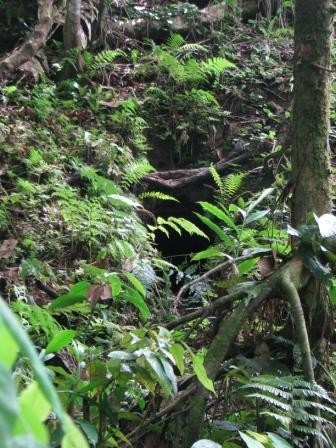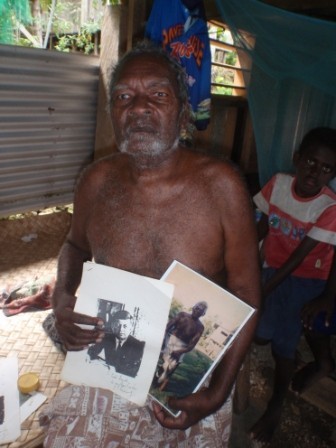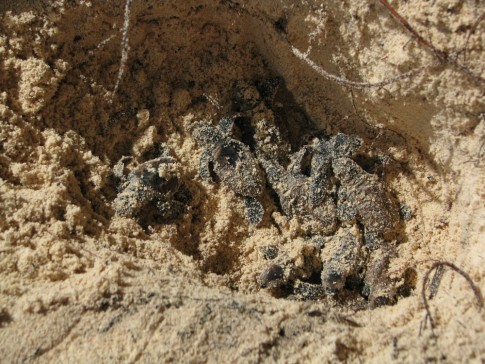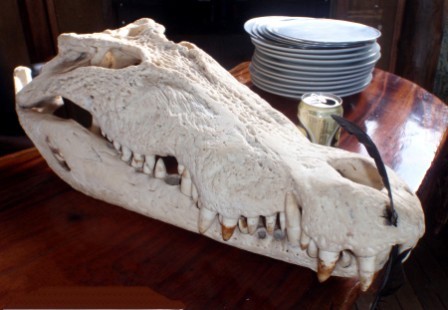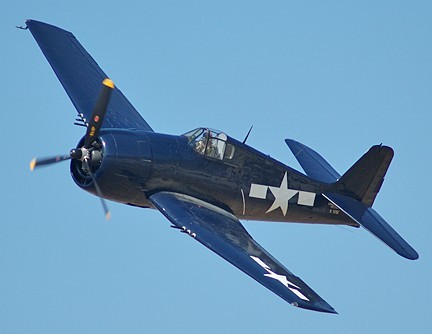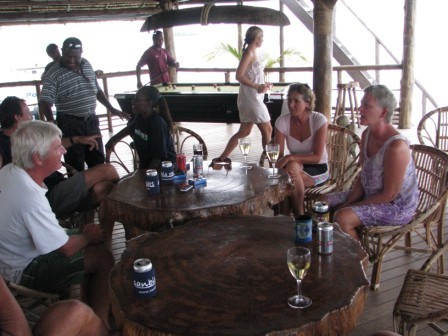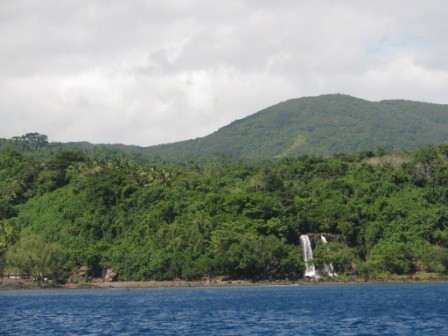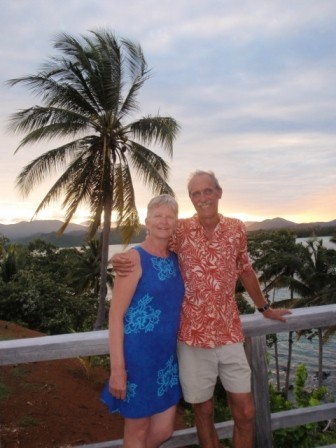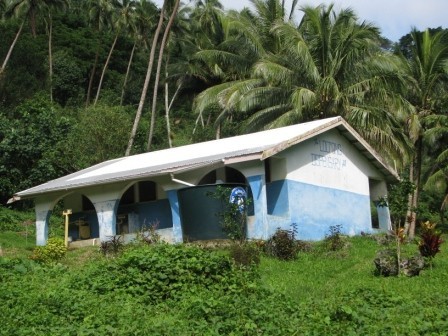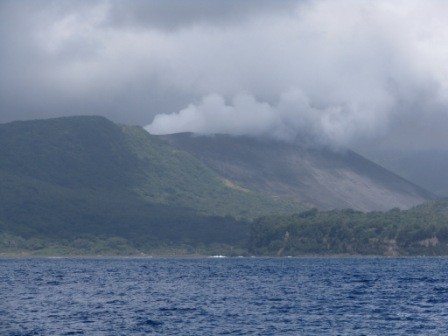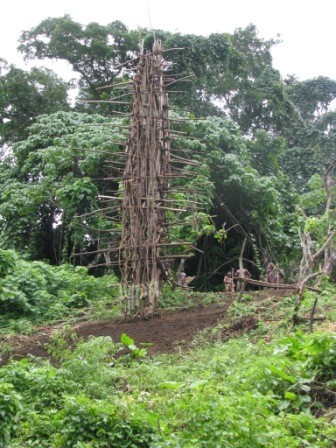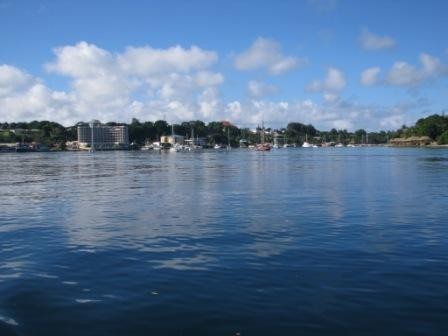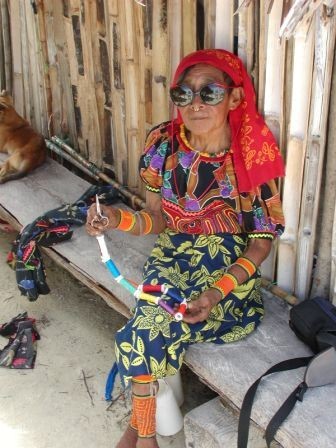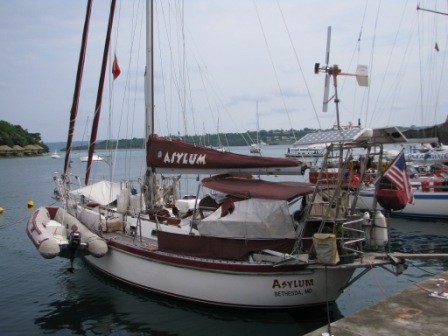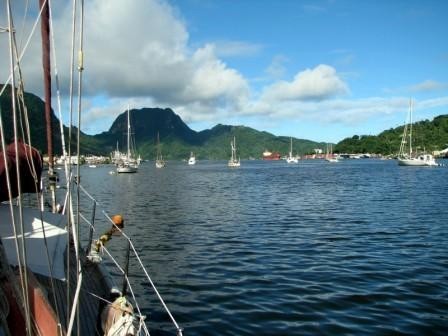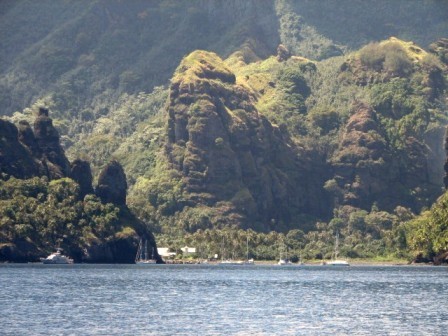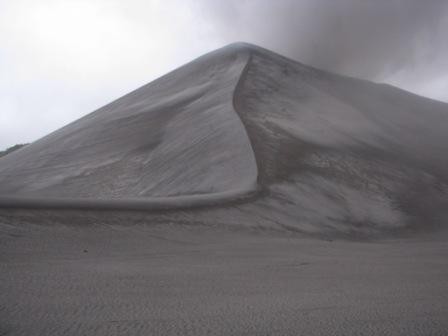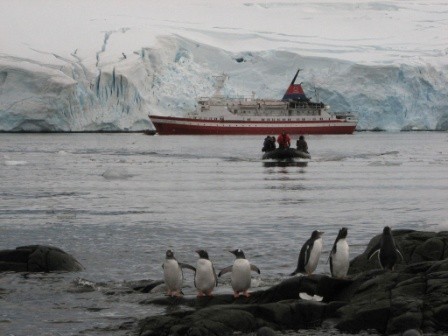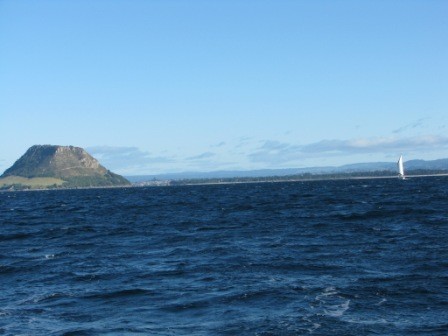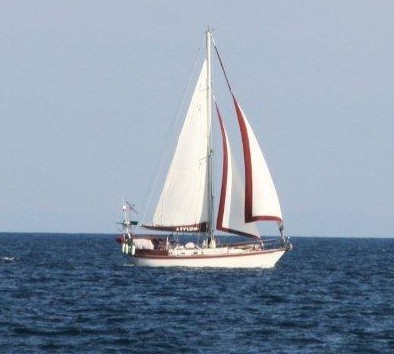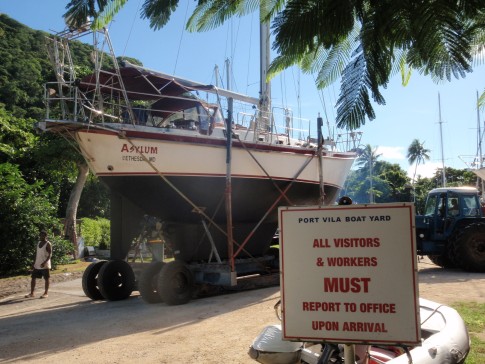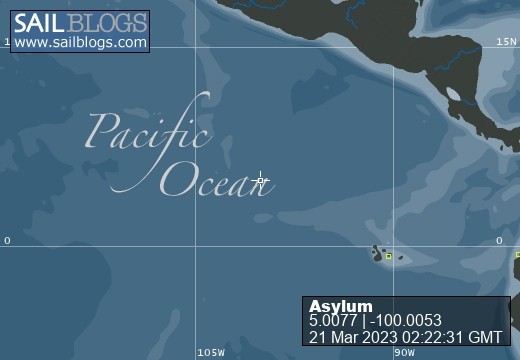
Asylum
22 June 2019 | Straits Quay Marina, Penang, Malaysia
17 July 2016 | Penang, Malaysia
20 February 2016 | Penang, Malaysia
02 October 2015 | Thailand
11 April 2015 | Krabi Boat Lagoon Marina, Thailand
25 December 2014 | Langkawi, Malaysia
04 June 2014 | Philippines
07 January 2014 | Brookeville, MD
04 July 2013 | Subic Bay Yacht Club, Philippines
31 October 2012 | Palau
02 December 2011 | Hermit Islands, Papua New Guinea
08 November 2011 | Maryland, USA
15 May 2011 | Kavieng, New Ireland, PNG
26 April 2011 | Kavieng, New Ireland
26 March 2011 | Kokopo, New Britain, Papua New Guinea
16 March 2011 | Kokopo, New Britain, Papua New Guinea
12 February 2011 | From Peava again
05 February 2011 | Solomon Islands
01 December 2010 | From Lola Island, VonaVona Lagoon, Solomon Islands
30 November 2010 | Peava, Nggatoke, Solomon Islands
Vanuatu Post Script #1: A Tough Place to Have a Baby
09 September 2010 | From the Solomons looking back
katie
Even though we're in the Solomon Islands now, before we leave Vanuatu too far behind, there are a couple of catch-up tales to tell.
Back in June I had the opportunity to do a little project for the Copenhagen Consensus Center, a Danish think-tank/philanthropic organization (I'd never heard of). They wanted interviews with local people in remote locations and we happened to be in the right place at the right time for me to do it. Initially I was going to do two sets of interviews, one on the subject of vaccinations and the other on issues around pregnancy and childbirth. In the end, because of all our delays getting out of Port Vila, there was only time to do the latter. I found the perfect place, Loltong village, on the north coast of Pentecost island (15* 32.82 S, 168* 08.82 E). I managed to post some photos onto the blog site before we left, so even tho they're not embedded here in the story, you can go to the photo gallery and see what I'm talking about. It's worth it!
The "interview" turned out to be focus group with 6 women, all related, covering 3 generations of the local chief's family. His wife, Lolowia, organized the group for me and participated in the session. She was delight, with a great sense of humor and quick to laugh. All of the women spoke good enough English that we didn't need an interpreter and they didn't have to suffer my bad Bislama. They were very open with their answers and seemed to enjoy the discussion. Men were banned from the spot (Lolowia's "living room") and they got a kick out of that.
When I asked each one how old she was, in each case, they didn't know. Lolowia knew she was born in 1937 but didn't know her "age." For each of the others, there was considerable discussion among the group as they tried to figure it out, sometimes with the relative providing a more definitive answer than the woman herself. With Hansi, for example, who was pregnant with her 7th child, they first decided she was 34 or 35 but then after more discussion, thought it was more likely 27 or 28.
We talked about how many children they had (2 to 7), whether they wanted more (all but one said an emphatic "No!," the one exception a young woman with 2 girls who said "Maybe. maybe a boy"), and whether their husbands wanted more children (their answers were the same: "No!" and one "maybe"). The government of Vanuatu promotes family planning, suggesting that 4 kids is enough, and provides essentially free birth control pills, which the women can request but the husband "must be fully agreed," and, according to the nurse, they always are. They all said they had regular pre-natal check-ups with the nurse at the dispensary near the village and none of them had any complaints or issues with the whole process.
For them, the main issue/need in their lives was transportation. Living essentially a subsistence lifestyle, they work in their gardens most days, walking "to the top of the hill," a trip that can take up to 2 hours. Once there, they work for 3 to 4 hours in the garden growing taro, kava and other vegetables (which vary by season) and then have to lug all they harvested back down the hill, usually in large baskets. And if they have a baby, the baby goes too. When I asked them what would make their lives easier, Lolowia laughed and said, "Maybe a rope!" -- or something that would help them guide and slide themselves and their big baskets of vegetables down the hill. They also thought a truck for just the women was a great idea. (There was only 1 truck in the whole area so, needless to say, the women didn't get much access to it.) None of them knew how to drive, but young Ann piped up, "I could learn!" You go, girl.
I also spent some time with the nurse at the local dispensary (check out the photos of that!), which, for reasons still not altogether clear, was perched on a hill some ways outside the village. I did this walk twice, in reasonably good weather, and kept saying to myself, "I can't imagine doing this if I were 9 months pregnant or having to carry a sick child up that hill!" The walk from the main village first takes you along the muddy, rutted road through town; you have to ford a rushing stream and then cross an expanse of mud to a trail up a hill through the "bush." The trail was very narrow, very muddy, sometimes very steep, and very slippery. In some parts we were walking through rushing ankle deep muddy water. Although the total time to walk from the village to the dispensary was only about 20 minutes, it was not an easy 20 minutes. To make that walk at night, when babies seem to come and other bad things happen, would seem impossible.
I asked the nurse, Philip, if he had power at the dispensary -- for when those babies come at night. "We have solar but they don't work. So no power." What do you do if the baby comes at night? "I use a torch." But then he told me he didn't have a torch." And no running water in the building. There's a tap in the ground nearby that he carries water from. In the photos you can see a sink in the delivery room in Loltong, but the drain pipes aren't connected and when the nurse was giving me a tour of the facility, a rat ran down the pipe into the floor. (There are also photos of 2 other village's delivery rooms. In the one where there's a bedpan on the floor, the sheet on that bed was full of rat terds. The other is of the delivery room in Lamap village, the first clinic we visited. I remember thinking at the time how very basic it was. Compared to the other two, it was state-of-the-art.) The dispensary also has a propane-powered refrigerator but no gas to run it so any medications that need to be chilled aren't.
I returned to the dispensary later with Jim to see if he could cure the power system. Turns out the solar panels were fine but the battery was bone dry, so we filled it up and gave Philip a lesson in battery nurturing. Jim was able to run a new wire and get the juice flowing. Philip had ONE light bulb (which, oddly, was being stored in the warm freezer compartment of the non-functioning fridge), so we took it and tested it in the little building's 4 free-hanging sockets. At least now if a baby comes at night he can see what he's doing. And when he moves mom and baby to the "nursery" (see photos) he can move the bulb in there to get them settled. We actually sent him a box of light bulbs from the big city later on, but last we heard they still hadn't arrived. We also wrote simple but detailed instructions on how to care for the battery. Later, when 2 cruiser friends visited the village we asked them to go up and check on the power situation, and in one case, to replace the electrical connections that Jim made with surgical tape with real electrical crimps. Last we heard, Philip still had power and was happily moving his one light bulb around from socket to socket.
Later, in another village (the one with the rat terds on the bed), Jim was able to revive the solar/battery system there too, much to the delight of the weary nurse. It's wonderful to be able to meet and get to know the warm, remarkable, resilient people in these villages, and especially rewarding when we can leave them a wee bit better off having been there.
Back in June I had the opportunity to do a little project for the Copenhagen Consensus Center, a Danish think-tank/philanthropic organization (I'd never heard of). They wanted interviews with local people in remote locations and we happened to be in the right place at the right time for me to do it. Initially I was going to do two sets of interviews, one on the subject of vaccinations and the other on issues around pregnancy and childbirth. In the end, because of all our delays getting out of Port Vila, there was only time to do the latter. I found the perfect place, Loltong village, on the north coast of Pentecost island (15* 32.82 S, 168* 08.82 E). I managed to post some photos onto the blog site before we left, so even tho they're not embedded here in the story, you can go to the photo gallery and see what I'm talking about. It's worth it!
The "interview" turned out to be focus group with 6 women, all related, covering 3 generations of the local chief's family. His wife, Lolowia, organized the group for me and participated in the session. She was delight, with a great sense of humor and quick to laugh. All of the women spoke good enough English that we didn't need an interpreter and they didn't have to suffer my bad Bislama. They were very open with their answers and seemed to enjoy the discussion. Men were banned from the spot (Lolowia's "living room") and they got a kick out of that.
When I asked each one how old she was, in each case, they didn't know. Lolowia knew she was born in 1937 but didn't know her "age." For each of the others, there was considerable discussion among the group as they tried to figure it out, sometimes with the relative providing a more definitive answer than the woman herself. With Hansi, for example, who was pregnant with her 7th child, they first decided she was 34 or 35 but then after more discussion, thought it was more likely 27 or 28.
We talked about how many children they had (2 to 7), whether they wanted more (all but one said an emphatic "No!," the one exception a young woman with 2 girls who said "Maybe. maybe a boy"), and whether their husbands wanted more children (their answers were the same: "No!" and one "maybe"). The government of Vanuatu promotes family planning, suggesting that 4 kids is enough, and provides essentially free birth control pills, which the women can request but the husband "must be fully agreed," and, according to the nurse, they always are. They all said they had regular pre-natal check-ups with the nurse at the dispensary near the village and none of them had any complaints or issues with the whole process.
For them, the main issue/need in their lives was transportation. Living essentially a subsistence lifestyle, they work in their gardens most days, walking "to the top of the hill," a trip that can take up to 2 hours. Once there, they work for 3 to 4 hours in the garden growing taro, kava and other vegetables (which vary by season) and then have to lug all they harvested back down the hill, usually in large baskets. And if they have a baby, the baby goes too. When I asked them what would make their lives easier, Lolowia laughed and said, "Maybe a rope!" -- or something that would help them guide and slide themselves and their big baskets of vegetables down the hill. They also thought a truck for just the women was a great idea. (There was only 1 truck in the whole area so, needless to say, the women didn't get much access to it.) None of them knew how to drive, but young Ann piped up, "I could learn!" You go, girl.
I also spent some time with the nurse at the local dispensary (check out the photos of that!), which, for reasons still not altogether clear, was perched on a hill some ways outside the village. I did this walk twice, in reasonably good weather, and kept saying to myself, "I can't imagine doing this if I were 9 months pregnant or having to carry a sick child up that hill!" The walk from the main village first takes you along the muddy, rutted road through town; you have to ford a rushing stream and then cross an expanse of mud to a trail up a hill through the "bush." The trail was very narrow, very muddy, sometimes very steep, and very slippery. In some parts we were walking through rushing ankle deep muddy water. Although the total time to walk from the village to the dispensary was only about 20 minutes, it was not an easy 20 minutes. To make that walk at night, when babies seem to come and other bad things happen, would seem impossible.
I asked the nurse, Philip, if he had power at the dispensary -- for when those babies come at night. "We have solar but they don't work. So no power." What do you do if the baby comes at night? "I use a torch." But then he told me he didn't have a torch." And no running water in the building. There's a tap in the ground nearby that he carries water from. In the photos you can see a sink in the delivery room in Loltong, but the drain pipes aren't connected and when the nurse was giving me a tour of the facility, a rat ran down the pipe into the floor. (There are also photos of 2 other village's delivery rooms. In the one where there's a bedpan on the floor, the sheet on that bed was full of rat terds. The other is of the delivery room in Lamap village, the first clinic we visited. I remember thinking at the time how very basic it was. Compared to the other two, it was state-of-the-art.) The dispensary also has a propane-powered refrigerator but no gas to run it so any medications that need to be chilled aren't.
I returned to the dispensary later with Jim to see if he could cure the power system. Turns out the solar panels were fine but the battery was bone dry, so we filled it up and gave Philip a lesson in battery nurturing. Jim was able to run a new wire and get the juice flowing. Philip had ONE light bulb (which, oddly, was being stored in the warm freezer compartment of the non-functioning fridge), so we took it and tested it in the little building's 4 free-hanging sockets. At least now if a baby comes at night he can see what he's doing. And when he moves mom and baby to the "nursery" (see photos) he can move the bulb in there to get them settled. We actually sent him a box of light bulbs from the big city later on, but last we heard they still hadn't arrived. We also wrote simple but detailed instructions on how to care for the battery. Later, when 2 cruiser friends visited the village we asked them to go up and check on the power situation, and in one case, to replace the electrical connections that Jim made with surgical tape with real electrical crimps. Last we heard, Philip still had power and was happily moving his one light bulb around from socket to socket.
Later, in another village (the one with the rat terds on the bed), Jim was able to revive the solar/battery system there too, much to the delight of the weary nurse. It's wonderful to be able to meet and get to know the warm, remarkable, resilient people in these villages, and especially rewarding when we can leave them a wee bit better off having been there.
Comments
| Vessel Name: | Asylum |
| Vessel Make/Model: | Tayana V-42 Cutter |
| Hailing Port: | Bethesda, MD USA |
| Crew: | Jim & Katie Coolbaugh |
| About: | |
| Extra: | Within Malaysia: 0174209362 (Maxis) WhatsApp +60174209362 |
The Meanderings of Asylum and the Inmates
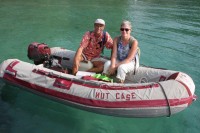
Who: Jim & Katie Coolbaugh
Port: Bethesda, MD USA
Where in the world is Asylum?
Good links
- Vesper Marine Watchmate AIS
- WinchRite Cordless Winch Handle
- Diving at Tubbataha Reef
- Royal Belau Yacht Club, Palau
- ShipTrack: Our route so far
- Passage Weather
- Interview With a Cruiser Project
- Great diving in the Solomons
- Seven Seas Cruising Association
- Divers Alert Network
- Spectra Watermakers
- Rocna Anchors
.jpeg)
